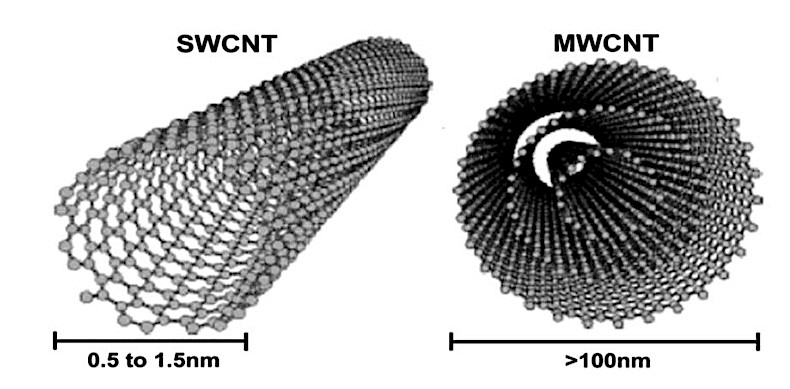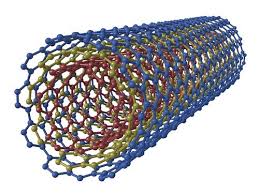Geometric Structures (SWCNT) in the Preparation of a Single-Walled Carbon Nanotube (Based on Nano-Microelectronics PhD)
Researcher and author: PhD student Afshin Rashid
Note: The Geometric Structure (SWCNT) in the preparation of a carbon nanotube with a partial twisting of the graphene plate. (Square_state represents a single unpaired cell) denoted by the transition vector Ch.
SWCNTs nanotubes with the same properties can be obtained in two ways:
Controlled synthesis).(Chemical separation
Following the type of synthesis performed in both of the above methods. Although efforts have been made to control the properties and quality of CNTs in the CVD process, none of these methods can produce many identical SWCNTSs and no single species is produced. At present, it seems that post-synthesis isolation methods can be better commercialized than control methods during synthesis. Of course, if the methods of isolation during synthesis lead to a high rate of single species production, it will be cheaper. The separation methods have utilized alternating current dielectric and electric current induced oxidation to enrich the advanced or semiconductor metal nanotubes.
Structure and structure of nanotubes (SWCNTs) and CNTs
The structural differences between CNTs and CNTs can be thought of as graphite plates with a hexagonal lattice that are cylindrical in shape. The nanotubes are characterized by the number of layers that form their cylindrical walls; single-walled carbon nanotubes (SWCNTs) and multi-walled carbon nanotubes (MWCNTs) and SWCNTs are obtained from a graphene plate of specified size. Given the cylindrical symmetry, based on the cylindrical shape (we can only pipe it in one direction so that 2 atoms are aligned.
Two parameters are used to describe the SWCNT structure. One is Ch, which directs the starting atom of the chiralized vector to the next atom, also called the tubing vector, and its length equals the circumference of the nanotube circle. Chiral SWCNTs are optically active and can have two non-equivalent helical orientations. The tubing process can be performed both above and below the graphene plate. The two tubes will be mirror images of each other, and in this case, the graphene plate is the mirror plate. These two states produce left-handed (M) and right-handed (P) isomers. In the case of chiral nanotubes, these plates are called reflection plates and the two nanotubes are equivalent.
Conclusion :
It can be concluded that when (3 / mn) is an integer, SWCNT is metallic and in other cases semiconductor. This is entirely geometrically dependent, with one-third of the metal SWCNTs and two-thirds of them being semiconductors. Single-walled nanotubes are exceptional compounds because they can be metallic or semiconductor while there is no difference between them and in the chemical bonding between the carbon atoms in the tubes and no impurities or the presence of added external materials.
Author: Engineer Afshin Rashid
PhD student of Nano-Microelectronics at Islamic Azad University, Science and Research Branch, Tehran





